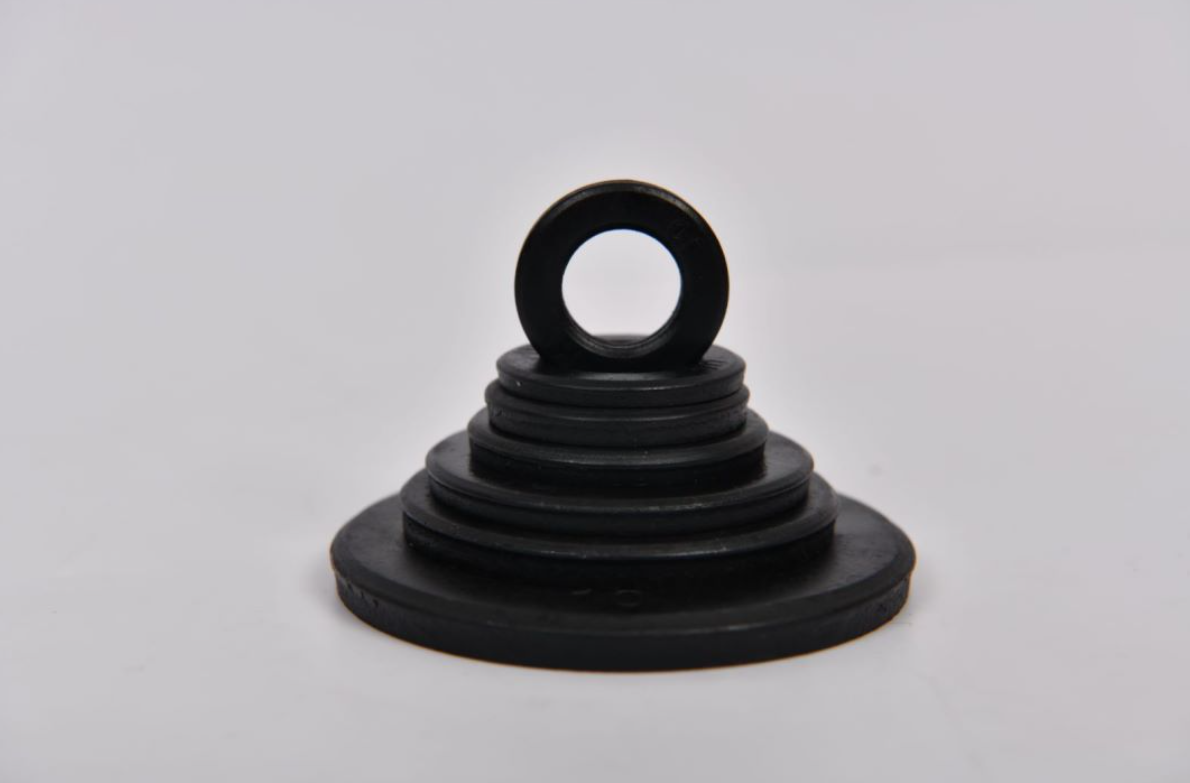Specifications and Measurements for Structural Washer Applications and Services
Understanding Structural Washer Dimensions for Optimal Service
In the realm of construction and engineering, the importance of using the correct components cannot be overstated. Among these components, structural washers play a critical role in ensuring the stability and strength of various assemblies. Understanding the dimensions and specifications of structural washers is vital for achieving optimal service and performance in structural applications.
What Are Structural Washers?
Structural washers are flat, disc-shaped components typically made from metal or plastic, designed to distribute load, alleviate friction, and provide a stable bearing surface in mechanical systems. They are commonly used in conjunction with bolts, nuts, and screws, serving to prevent fasteners from loosening over time and to protect surfaces from damage. Their critical function makes it essential to select the appropriate type and size for any given application.
The Importance of Dimensions
The dimensions of structural washers significantly influence their performance. Key factors to consider include the outer diameter, inner diameter, and thickness. The outer diameter should be large enough to spread the load over a wider area, while the inner diameter needs to match the size of the fastener being used. The thickness of the washer also plays a role in load distribution and resistance to deformation.
For example, oversized washers are often utilized in heavy-duty applications, where they help distribute weight and reduce the risk of structural failure. Conversely, thinner washers may be used in lighter applications, where excess bulk could be detrimental to the assembly’s design.
Material Considerations
structural washer dimensions service

Washers are available in various materials, each offering unique properties suited for different environmental conditions. Common materials include stainless steel, carbon steel, and plastic. Stainless steel washers are particularly resistant to corrosion, making them ideal for outdoor or marine applications. On the other hand, plastic washers can be beneficial in electrical applications where insulation is required.
When selecting a washer, it’s essential to consider both the mechanical demands of the application and the environmental conditions it will face.
Standardization and Specifications
Structural washers adhere to various industry standards, such as ASTM (American Society for Testing and Materials) specifications, which provide guidelines for dimensions, materials, and testing methods. By following these standards, engineers and construction professionals can ensure compatibility and reliability in their projects.
Calculating the dimensions needed for specific applications can often refer to standard charts or tables that categorize washers based on various criteria, including load ratings and mechanical properties. This helps to simplify the selection process and ensures that the right washer is chosen for the job.
Conclusion
In conclusion, understanding structural washer dimensions is crucial for optimizing the performance and longevity of mechanical assemblies. By taking into account the outer and inner diameters, thickness, and material, engineers can make informed decisions that significantly enhance the stability and integrity of their projects. Whether in construction, manufacturing, or automotive industries, careful consideration of these components will lead to more reliable and efficient outcomes. Proper selection and usage are not just best practices but essential steps in achieving safety and effectiveness in structural design.
-
Top Choices for Plasterboard FixingNewsDec.26,2024
-
The Versatility of Specialty WashersNewsDec.26,2024
-
Secure Your ProjectsNewsDec.26,2024
-
Essential Screws for Chipboard Flooring ProjectsNewsDec.26,2024
-
Choosing the Right Drywall ScrewsNewsDec.26,2024
-
Black Phosphate Screws for Superior PerformanceNewsDec.26,2024
-
The Versatile Choice of Nylon Flat Washers for Your NeedsNewsDec.18,2024










